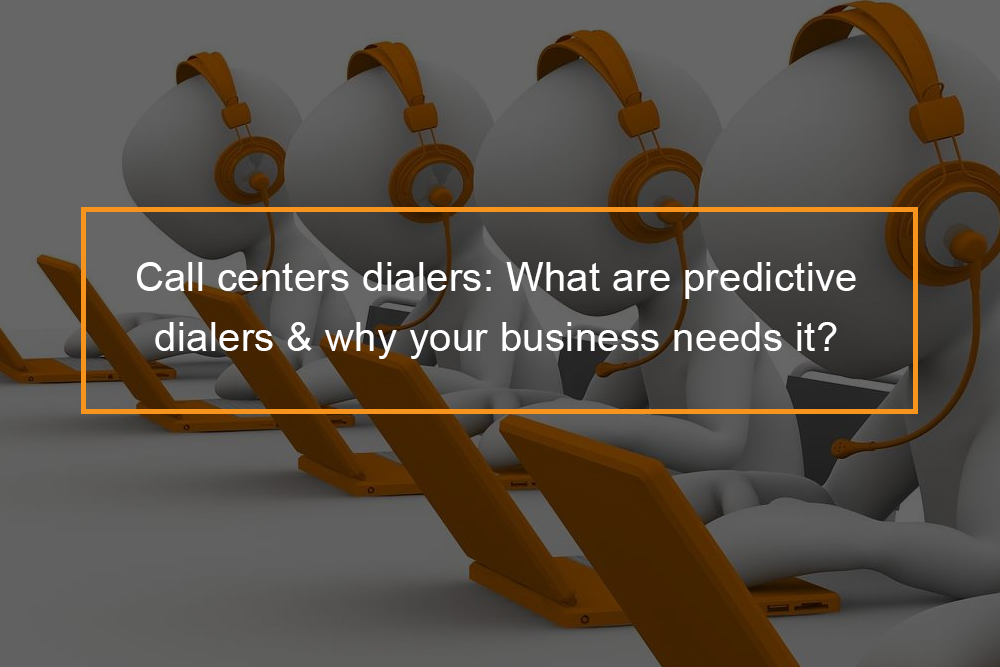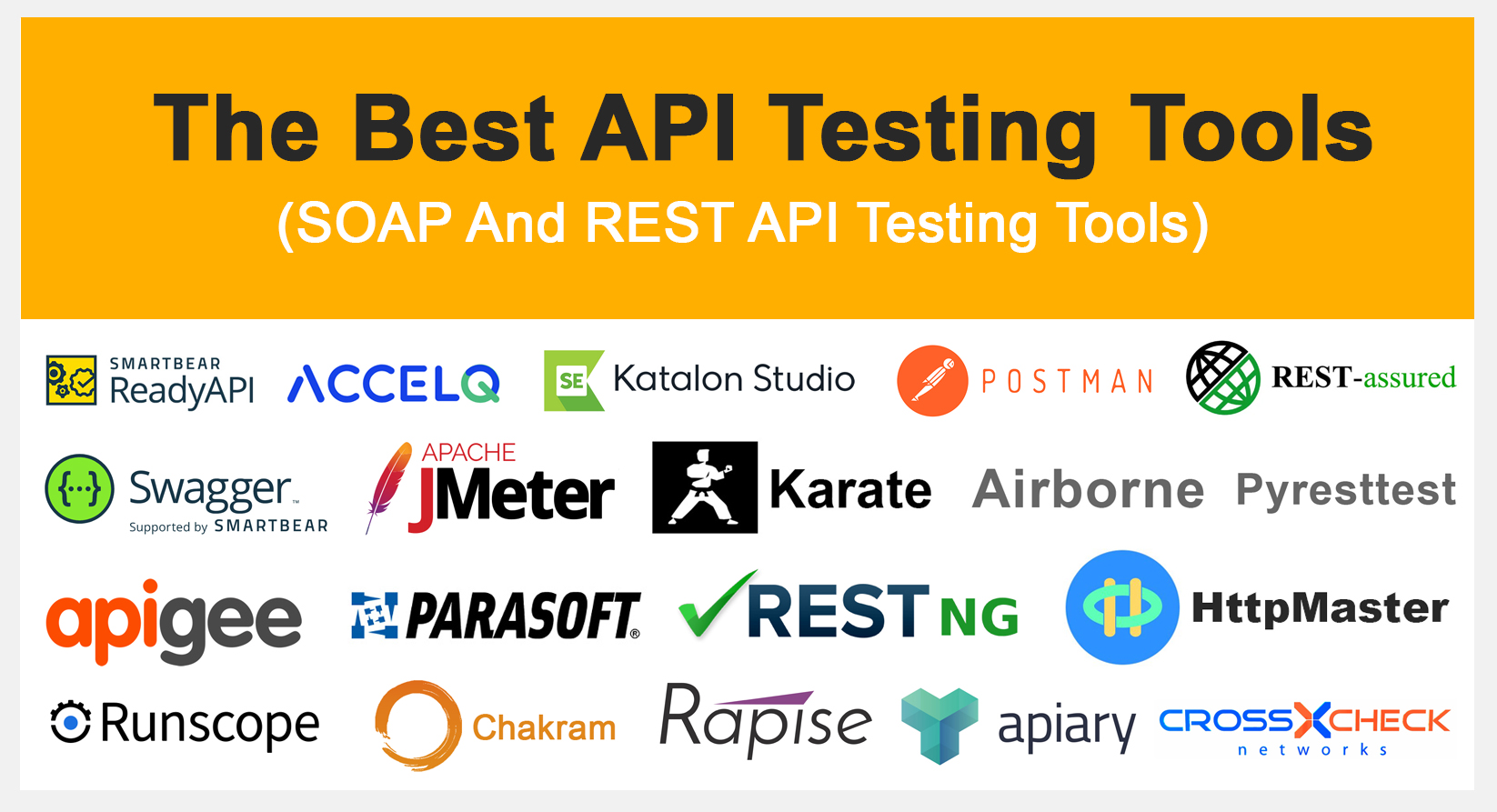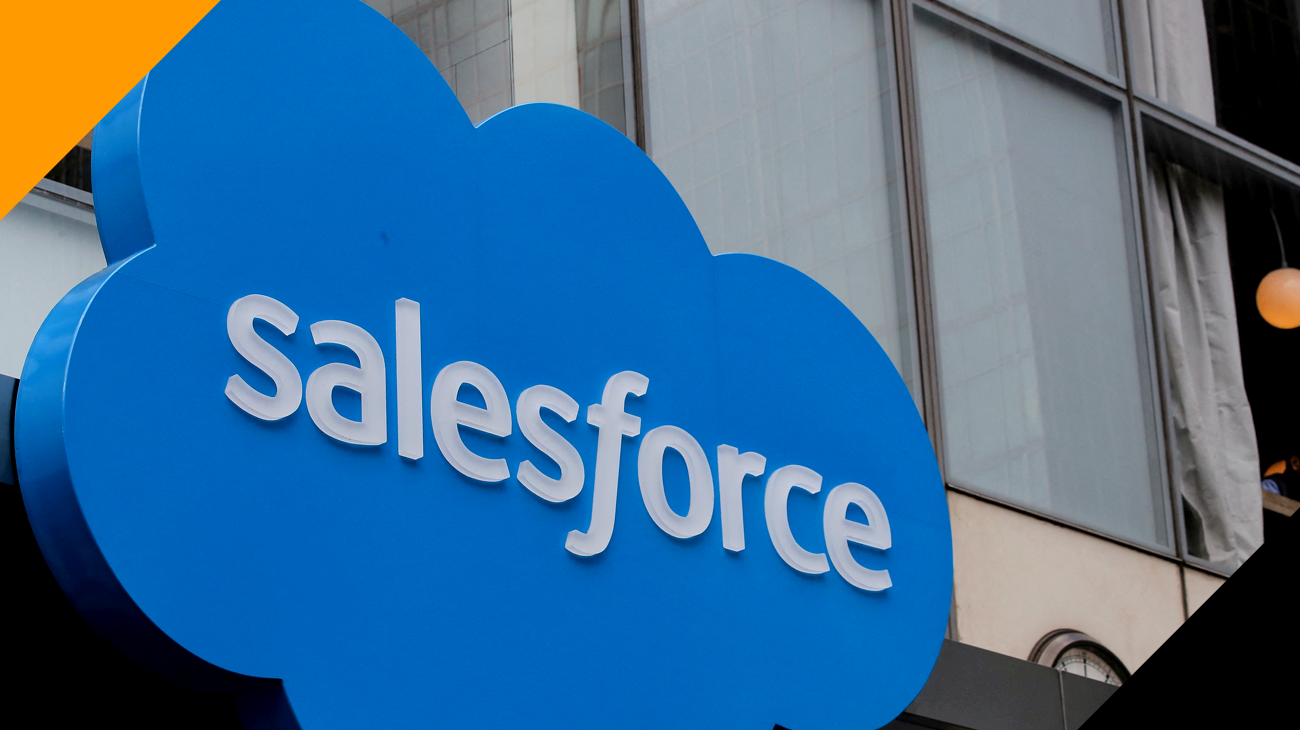The Troubled Migration to Cloud Contact Centers

A Comprehensive Guide on Understanding the Challenges of CCaaS
In the current rapidly changing business world, providing outstanding client service has become more essential than ever before. To meet this requirement businesses are looking to Contact Center as a Service (CCaaS) solutions. Through the use of technologies that are cloud-based, CCaaS can provide a flexible, affordable, scalable, and cost-effective method of managing customer interactions. However, despite the many benefits, CCaaS is not without its difficulties.
What are the challenges of CCaaS? This comprehensive guide is designed to give a thorough understanding of the issues businesses face when implementing CCaaS. From integration and data security issues to concerns regarding reliability as well as performance, scalability and lock-in to vendors We will look at the various issues that may occur and provide guidance about how to deal with these issues efficiently. Understanding these issues is essential for companies to reap the advantages of CCaaS, and minimize the potential risk. If you’re considering a transition into an CCaaS solution or want to improve your existing configuration this guide will provide you with the information needed to make educated choices and improve your customer service processes.
Table of Contents
What are the challenges of CCaaS?

What are the challenges of CCaaS? A recent study has revealed that 40 percent of CCaaS migrations are hampered by issues like limited internal resources, a complex IT landscape, and a lack of executive support.
The Cloud Contact Center as a Service (or “CCaaS” as it is often referred to, is an industry category that includes thousands of software providers. This CCaaS concept is to create a technological platform that delivers an omnichannel, seamless service to both agents and customers connecting data across the enterprise and all customers’ touchpoints in order to enable the automation and intelligence.
Many factors are behind the growth of this category. The main ones are:
- Remote and hybrid workforces.
- 5G-interactive calling.
- Artificial intelligence.
- Programmable voice.
- Customer experience.
- Agent retention and experience.
- Lower cost to serve.
To provide customers with the services they need, when and in the manner they’d like, CCaaS becomes crucial. At its heart is cloud-based computing, which allows for the flexibility, scalability, and individualization of each interaction with customers.
Three challenges are hindering the success of a business: a lack of internal talent, especially with the advent of new technologies (42 percent) complicated internal IT landscape (38 percent) and support for executive management (34 percent). In addition, the typical issue of low optimization of solutions, and it could spell danger for companies.
Removing the Band-Aid
CCaaS is designed to help agents to help and managers understand how to adapt to evolving consumer preferences, leadership in establishing brand preferences and IT since cloud providers are responsible for the infrastructure.
But, they are also discovering the fact that CCaaS solutions are less powerful when compared with on-premises software. Nearly 80% of respondents said they felt that the CCaaS solution lacks functionality in terms of robustness, usability, and reliability than their on-premises solutions.
Cloud migration, in conjunction with the integration of multiple technologies and solutions, demands skills that are not in availability. The study found that 37 percent of respondents are yet to see significant improvements in customer satisfaction after converting to CCaaS and a little more than 20% have reported low operating efficiency gains. The most frequent gaps identified in the report are:
- Business intelligence reports in real-time and analytics.
- Playbook-based automation and insights that help analyze the customer journey to enhance business outcomes.
- Speech and sentiment analysis.
Cloud Toolsets to the Rescue
Juniper Research defines CCaaS as “A service that merges cloud-based contact center infrastructure with contact center processes.” In the present we have a solid cloud engine. However, we lack the complete information and the intelligence needed that can “power” automation.To bridge this gap, companies are using specifically designed cloud-based toolsets. According to the research 79% of the respondents think that the correct cloud tools are essential for improving their CCaaS solution. This is reflected in the fact that over 50% implementing or evaluating cloud tools, whereas others are considering alternatives.
| The cloud toolset should support four functions: |
|
The ROI is a better efficiency, quality management, and increased revenue, and efficiency of the agency. Other benefits include less the number of agents and customers who leave.
Cloud tool sets can be instrumental in increasing the efficiency in CCaaS deployments. In addition, they allow businesses to enhance the experience of their customers by unlocking the potential of CCaaS solutions.
Top 5 Challenges Facing CCaaS

- Scalability:
One of the most significant problems faced by CCaaS providers is their ability to scale their services in order to satisfy the demands of a expanding client base. As more and more companies are turning to cloud-based solutions for their call center requirements, CCaaS providers will need to ensure they have the right infrastructure and resources in place to manage the increasing demand. For instance, CCaaS providers can invest in scalable infrastructure like cloud-based servers or storage solutions that are scalable, to ensure that their services are able to cope with the growing demand.
- Security:
Another challenge that faces CCaaS service providers is to protect the security of information and communications. Due to the increased usage of cloud-based services there is an increasing chance of data breaches as well as other security risks. CCaaS providers will have to put in security measures to safeguard the privacy of customer communications and data. For instance, CCaaS providers can implement encryption for data that is in the transit phase and in rest. They also utilize multi-factor authentication, and frequently conduct security audits and penetration tests to find and fix weaknesses.
- Integration:
As more companies adopt CCaaS and CCaaS, they will require integration with other tools and systems to reap the maximum advantages. This could include integrating with CRM tools, marketing automation systems and other contact center platforms. CCaaS providers must offer robust APIs as well as other options for integration to enable this. For instance, CCaaS providers can offer built-in integrations to popular CRM systems such as Salesforce, Zendesk, and Hubspot and also provide APIs that are open that let customers build custom integrations.
- Compliance:
As companies continue to adopt the CCaaS model, they need to ensure that they are in compliance with all legal and regulatory rules. These include data security laws such as GDPR and also industry-specific rules like HIPAA for healthcare institutions. CCaaS providers must ensure that their offerings conform to these rules. For instance, CCaaS providers can perform regular audits of compliance and offer customers detailed information regarding how they are performing in compliance as well as provide options such as data deletion and retention policies that assist customers to comply with the regulations.
- Artificial Intelligence and Machine Learning:
Since the use of AI as well as Machine Learning technology has grown, CCaaS providers will need to invest in these technologies in order to remain competitive. This will mean incorporating AI-powered functions like self-service and automation in their offerings, and utilizing machine learning to enhance the agents’ performance and customer experience. For instance, CCaaS providers can offer chatbots that are powered by AI to address typical customer inquiries, and use machine learning algorithms to analyze customer interactions and offer customized recommendations to agents and also use the natural language process to process and analyze customer interactions in order to learn about customer preferences and behavior.
4 CCaaS Migration Pitfalls

- Failing to Execute Proper Discovery and Documentation
An effective migration plan is vital to ensure every business is able to fully benefit from the advantages the cloud ecosystem can provide. A well-planned strategy also means that companies will not commit mistakes that could cause more costly expenses and missed deadlines for projects.
Sadly, the importance of good planning was neglected over the years, notably by businesses struggling to move swiftly into cloud computing in a bid to be flexible to new workplace practices and economic pressures. Before beginning any CCaaS transition, leaders of business should analyze and analyze the experiences that their business already provides and decide which customer journeys and channels should be kept, eliminated or upgraded.
To create the best experience, developers and IT experts require accurate documents of the current CX environment and how it will perform and how they will be aligned and delivering on the actual business objectives. Only when they have a thorough record of the current state of affairs can companies establish goals and set targets in and achieve their CCaaS strategy.
- Overestimating the Scalability of the Platform
One of the primary reasons that many businesses are attempting to shift their contact center to cloud-based systems is the flexibility it gives. Cloud platforms, which include all the technologies needed to provide a top CX (CCaaS CRM and payments.) generally are more flexible and scalable than their on-premise counterparts. However, the degree of scalability and support that a solution provides will vary between different providers.
Businesses who make the error of assuming that their solution can adapt to their requirements frequently face issues with performance and bandwidth issues. That’s why it’s crucial for any company investing in a CCaaS migration to make sure that they have a thorough test of their system prior to deploying the new technology fully.
The company can work with its CCaaS Implementation partner in order to perform functional tests for regression, performance and functionality on the platform and make sure it is stable and dependable. Tests that are effective allow business owners to determine how scalable their new system can be, and reduce the possibility of errors as well as downtime and errors when it is time to switch employees over to the new system.
- Failing to Consider New Points of Integration
CCaaS solutions within today’s digital age usually consist of a variety of systems and tools that are connected. Businesses must connect everything from PBX telephone solutions, devices for IVR, CRM and bots for messaging to create a unified system. Many organizations fail to realize that every integration has new challenges to be considered.
Ensuring that connected tools and databases do not just work well in tandem, but also protect the integrity of information from one end of the customer’s journey to another is essential.
In this regard businesses that are utilizing the advantages from a CCaaS platform should make sure that they have access to low-code and no-code platforms tools such as APIs, SDKs and APIs as well as tools that provide continuous surveillance and protection. Implementing a plan to monitor and track any issues will lower the chance of a downtime incident and allow businesses to maintain their image.
Depending on the specifics that is being offered by the CCaaS option, it could even be essential to collaborate with the service provider that can help bridge the gap between different options in a hybrid system which is backed by secure, efficient connections.
- Rushing Through Implementation without Visibility
Speed is essential to any Contact Center setting. The quicker companies are able to implement new technologies, test their systems’ efficiency and empower employees, while also delivering exceptional customer experiences and grow faster, the more they’ll expand. But, hurrying through complicated processes, such as the shift to the CCaaS platform, could cause more issues than positive results.
In the majority of cases opting for a gradual method of CCaaS migration is the most efficient option. While it may require higher cost of operation, phasing the process of transferring helps reduce the risk. This also means that executives have the time to consider the training of their staff and provide information to the early users to increase the likelihood of rapid acceptance.
A strategy for phasing out migration is also a great option for companies to adopt a flexible approach to development, in which they can gain insight from the feedback provided by staff during every step of the process and make necessary adjustments in the tech and the ecosystem in line with the feedback. The most important aspect to implement this strategy is to have an excellent level of visibility, using the appropriate tools for monitoring, analytics, and consistent data to monitor the effectiveness of technology.
Frequently Asked Questions
What is CCaaS, and why is it important?
CCaaS also known as Contact Center as a Service, is a cloud-based service that offers tools to manage customer interactions within contact centers. It’s important because it provides flexibility, scale, and advanced capabilities for contact centers, making it possible to provide effective and customized customer service.
What are the main challenges of implementing CCaaS in a contact center?
The issues of the process of implementing CCaaS are integration with the existing systems, assuring the security of data, and compliance, as well as adapting to the latest technology, educating employees, and balancing expenses effectively.
How can contact centers address the integration challenge when adopting CCaaS?
Contact centers can tackle issues with integration by choosing CCaaS providers that provide seamless integration with existing CRM systems as well as other tools for business. A well-planned integration strategy as well as an understanding of needs for data migration are important.
What measures should contact centers take to ensure data security and compliance with CCaaS?
Contact centers should select CCaaS providers that are backed by strong security measures and certifications of compliance. They should also put in place access controls, encryption of data as well as regular security audits to safeguard customer information and ensure compliance with regulatory requirements.









